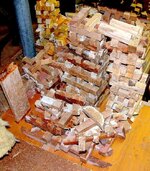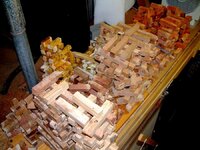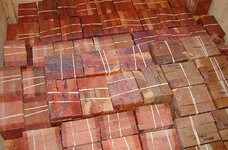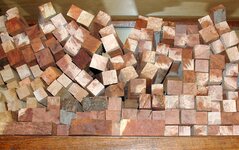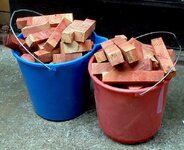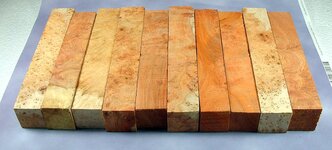MRDucks2
Member
OK, another popular opinion question that has no right answer. Which do you prefer for cutting blanks from material already the proper thickness? Table saw or bandsaw? Same for both cast blanks and wood?
I have both and use both. Started on table saw but switched bandsaw. If I go back to table saw, which I like from finished edge perspective, I need to come up with a better throat plate arrangement.
Because of the throat issues on the table saw, the bandsaw gives me a more square blank and I like the thin kerf. But if I continue I feel I need a finer cut blade, especially for the cast blanks as the sides are quite rough with my present blade.
What are your thoughts?
Sent from my iPhone using Penturners.org mobile app
I have both and use both. Started on table saw but switched bandsaw. If I go back to table saw, which I like from finished edge perspective, I need to come up with a better throat plate arrangement.
Because of the throat issues on the table saw, the bandsaw gives me a more square blank and I like the thin kerf. But if I continue I feel I need a finer cut blade, especially for the cast blanks as the sides are quite rough with my present blade.
What are your thoughts?
Sent from my iPhone using Penturners.org mobile app

